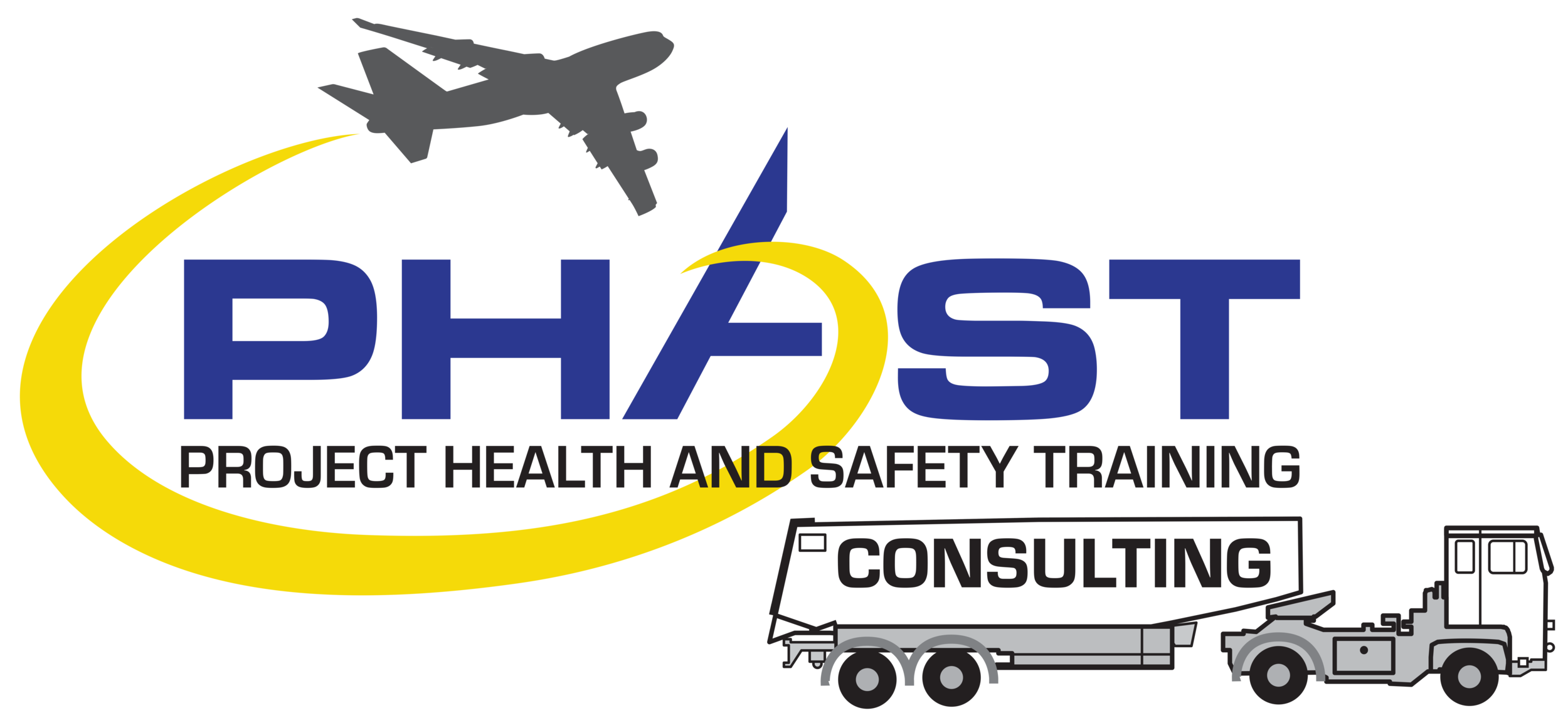Benefits of Online Training in the Aviation Industry During Covid19
The aviation industry is experiencing unforeseen challenges. With the closure of borders, demand for air travel declines and countries across the globe opting for preventative measures to reduce the spread of the new Corona Virus, COVID-19. Even though the impact of coronavirus on aviation industry currently seems dark, online aviation training during this catastrophe has become more important than ever before.
Impact of Covid-19 on Aviation Training and Associated Disadvantages.
While aviation training and development has become increasingly important for the workforce to safely perform tasks and avoid potential incidents/accidents, the COVID-19 pandemic has resulted in a huge cut in training and development budgets of workforce. According to an IATA report, 70% of organizations have cut entire budgets for training or have reduced it to 50% to cope with the challenges faced by the pandemic. While 75% organizations have either postponed or cancelled the classroom training until further notice.
With a few exemptions, most airlines have paused their training programs to address financial challenges caused by Corona Virus. In order to ensure the survival of the company, organizations have furloughed their personnel from different industry sectors. This strain emphasizes the need to modify the training procedure for authorities. When constraints begin to decrease, increasing consumer demand and the continuing challenge of retiring and attrition based on age are only driving a comeback of demand for ground handlers and other industry specialists.
A Paradigm-Shift to Online Training for Aviation Personnel.
As companies choose to cancel or postpone aviation-training programs, medium-sized and large companies are most likely to transition to online learning. In the ground handling industry, a group with a big chunk of major companies, this trend is particularly prominent. The standard strategy identifies critical goals for training. Organizations point out that competency-based training is a key field to retain, although other areas are removed owing to the present circumstances. Prioritizing topics and trainees allows organizations to continue training personnel, while lowering the expense and time spent away from the front lines.
Building plans to assess employee talents, to be flexible, and to optimize personnel utilization is another crucial method to combating the challenge of aviation training during the pandemic. Several organizations in the aviation industry are implementing digital learning methods to respond to increasing workplace-training challenges. They are moving towards platforms that are more robust for learning that offer social and economic advantages.
In the aviation industry, the demand for customized training is growing dramatically. Training programs such as health and safety, airport driving, refueling operations, ground handling, maintenance, quality control, etc. are organized through digital platforms that contribute to attaining different organizational objectives.
Conclusion
During the pandemic, aviation training was a heavily hit area. Because of lower resources, slashed budgets, and overall business uncertainties, organizations have curtailed their staff training programs considerably. The future of aviation training looks different; it is anticipated with digital approaches rather than traditional school training. In the future, business leaders and trainees will both require online learning materials and virtual training to provide the same contents and results as classroom learning. While Covid-19 has brought numerous obstacles to the aviation sector, companies consider training vital to recover from the epidemic and to restore personnel training in the industry.

